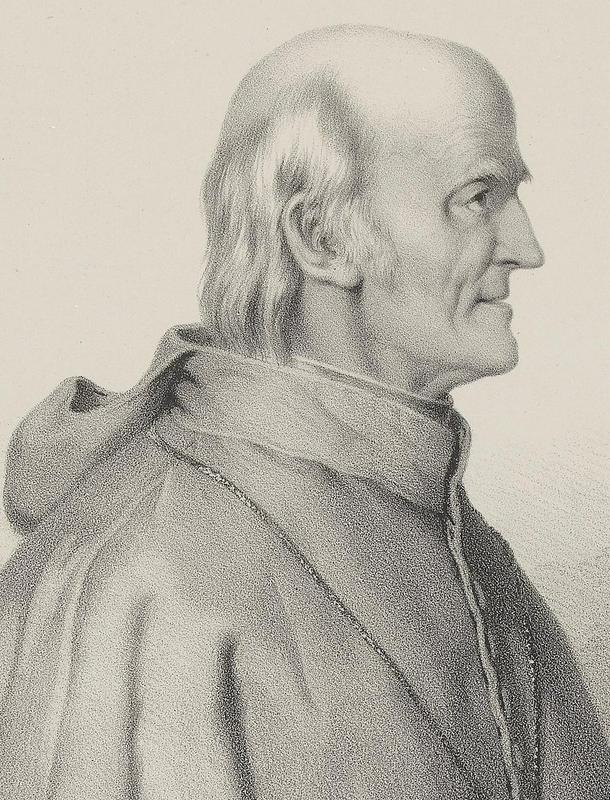
Born in 1774 near the western Slovenian town of Kanal, Stanič studied philosophy and theology in Salzburg. He decided to serve God and worked as a priest in several Slovenian towns. But he was also a mountaineer, and he ascended several major peaks, including Grossglockner in Austria. He not only climbed Slovenia’s Triglav but also scientifically measured its height. He became famous for his daring ascents, and even today, several mountain huts and streets – as far away a Munich – bear his name.
Stanič was also a man of letters. He was a passionate poet, ran a printing press, and founded the first Slovenian-language bookstore in the town of Gorizia (now a part of Italy). Determined to preserve Slovenian traditions, he published several collections of folk songs. But most of all he was passionate about passing on his love of learning to future generations. He established a school in Ročinj, not far from his home town, as well as a school for the deaf in Gorizia. He taught classes ranging from farming to astronomy, and frequently led his students on field trips.
Stanič had a soft-spot for animals, and in 1846, he founded Austria’s first Anti-Cruelty Society – a move that drew attention from as far away as France.
He had a passion for hands on-work. Among other things, he developed his own variety of apples and introduced smallpox immunizations at a time when rural healthcare was still in its infancy. Stanič did much of the carpentry work at his schools – and that ultimately cost him his life. He died in 1847 while making repairs at the school for the deaf that he had founded. He left much of his fortune to programs for poor students, so they too could follow in the footsteps of a true 19th century Renaissance Man.


































































